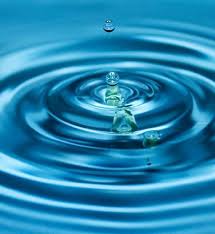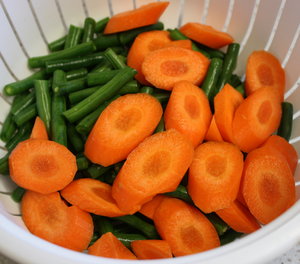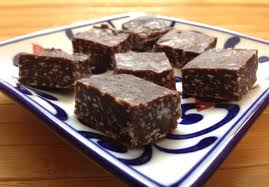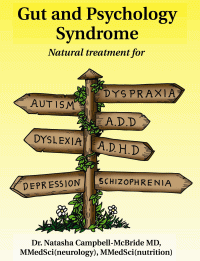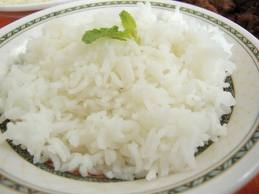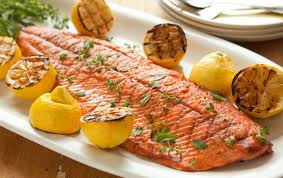There is one thing that can make you younger, thinner, healthier, and more energetic it can:
- Make your skin smoother
- Reduce fatigue
- Make your immune system function more efficiently
- Help with weight management.
- It can help to offset the progression and symptoms of hormone-related health issues such as hot flashes and osteoporosis.
- It is the main lubricant in the joint spaces and helps prevent arthritis.
- It rids the body of toxins.
- It helps prevent the loss of memory as we age and reduces the risk of Alzheimer’s, Parkinson’s, and Lou Gehrig’s disease.
There is only one substance on this planet that has the purifying, reverse-the-clock qualities we are talking about. That substance is water. Yes we like to splash around in it, but the fact is that 60-70 percent of the body and 85 percent of the brain is composed of water.
Dehydration. What does it mean? What does it do? Think grape-raisin, plum-prune…get it?
Most of us don’t realize how much of our physical and mental well being depends on being well hydrated. Water can be a therapy, a healing substance for your body.
Okay people, how many of you are now calculating how much water you drank
so far today? How’d you do? Let me inspire you to drink water. Did you know that chronic dehydration could have severe effects? Some of those include:
- Muscle spasms
- Shriveled skin
- Dim vision
- Painful urination
- Seizures
- Back pain
- Fatigue
- Constipation
- Digestive disorders
- Irritability
- Depression
- Not sleeping well
- Increased cravings
- Fear of crowds or of leaving the house
- Poor circulation and congestion of lymph glands
- High or low blood pressure
- Gastritis and stomach ulcers
- Respiratory troubles
- Excess weight/obesity
- Eczema
- High cholesterol
- Headaches
- Urinary infections
- Rheumatism
- Skin aging, including wrinkles and loss of elasticity
Okay, now how many of you are asking yourselves if your headaches, back pain, leg cramps and eczema could be from dehydration?
I don’t think people realize the profound effects of dehydration. I hear things like “Yes, I know I should be drinking more water, but…”
“I don’t like water it’s too plain…”
“ I forget to drink…”
All of the things I listed above are your bodies’ cries for water! This can be a difficult
Habit to learn because most of us didn’t grow up seeing our parents drink water. The trend of carrying around bottled water is a very recent one, and many of us still do not do it.
Dr. Batmanghelidj’s first book, Your Body’s Many Cries for Water testifies to the many health benefits that can be accomplished solely by restoring sufficient hydration levels. In this book he documented the many diseases he was able to reverse with just ordinary water, minerals and sea salt.
Water is the thing that takes the toxins and carbon dioxide out and carries vital nutrients in. The health of our cells depends on it.
So get to it! Here are some important tips to remember:
- It’s important to drink throughout the day, don’t depend on a “dry mouth” to remind you. Keep a glass or bottle beside you all the time and drink it!
- To keep your body well hydrated, drink at least half your body weight in ounces. If you are physically active or live in a warm climate, drink even more.
- Sorry to be so graphic, but a hydrated body produces clear colorless urine. If your urine is yellow, you are dehydrated. If your urine is orange or dark colored, you are severely dehydrated.
- Set a timer to drink often, and accomplish your water quota for the day.
- When you wake up in the morning immediately drink two glasses of water to rehydrate after loss of fluids during the night.
- To keep your body and brain functioning at peak performance, have at least half your water intake before noon.
- Drink a large glass of water 15 minutes before a meal to aid digestion.
- Do not drink large amounts of water with a meal. It will dilute needed stomach acid.
- Drink room temperature or hot water.
- Skip the coffee. Take water breaks instead. Coffee is dehydrating and water is the true energy source.
- Read Dr. F. Batmanghelidj’s book Water for Health, for Healing, for Life: You’re Not Sick, You’re thirsty! It will definitely convince you to drink more water.
- My last tip is for those of you who just can’t get the water down. Flavor your water with a little bit of lemon and stevia, or a flavored stevia, or some fresh fruit sitting on the bottom of the bottle (berries, pineapple, orange), or a shot of passion tea. Some fresh mint and cucumber slices can really make you feel like your having spa water. Reduce the amount of flavorings over time, and try to learn to love the fresh taste of the plain water. If you need the flavor, well, better to have it than not to drink.
Wishing you all a well-hydrated body, youthful beautiful skin, and complete health and happiness. When you are blessing that clear, delicious, amazing water don’t forget how lucky we are to have clean water that is available to us in our homes.
In many parts of the world people have to walk for miles to get clean water, then carry it home in buckets. I am truly grateful for that, just sayin’.
